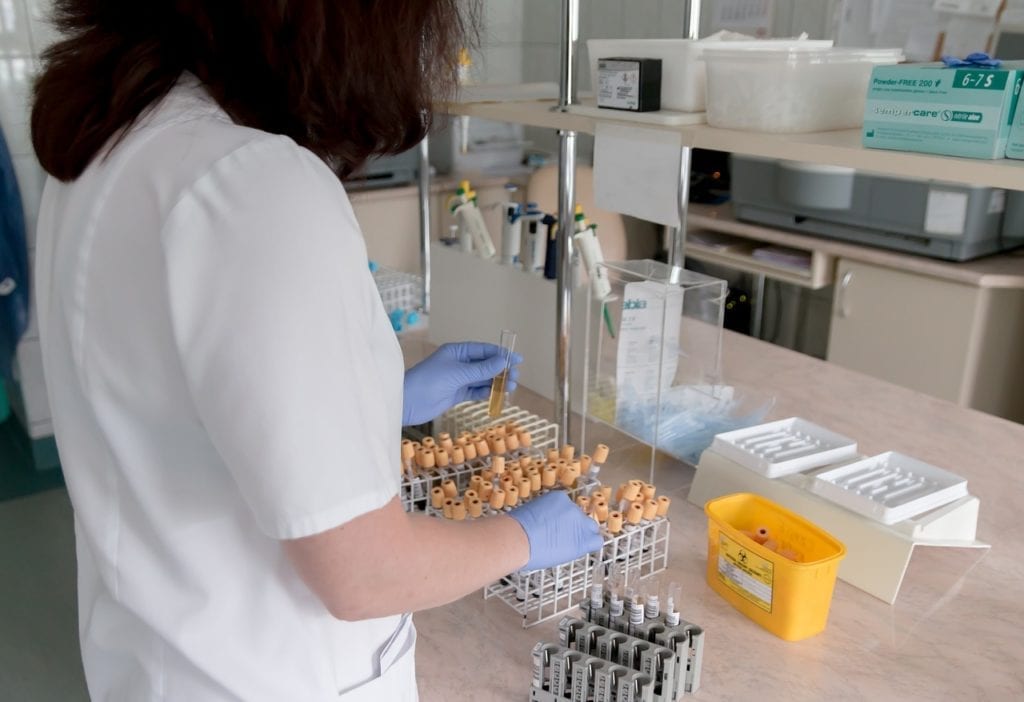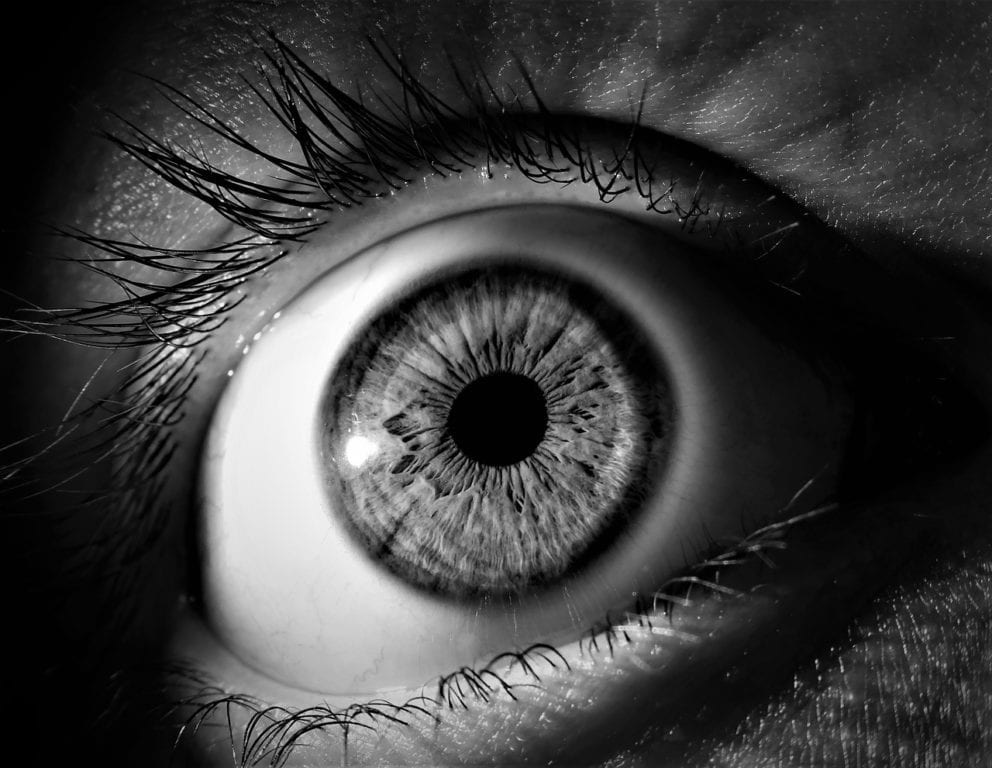Jessica Lynn has an educational background in writing and marketing. She firmly believes in the power of writing in amplifying voices, and looks forward to doing so for the rare disease community.
Charcot-Marie-Tooth disease (CMT), though rare, is one of the most commonly inherited neurological disorders and affects peripheral nerves outside of the brain and spinal cord. Multiple CMT subtypes exist based…
Continue Reading
CMT Research Foundation Invests in Study Evaluating Potential Therapy for CMTX1
Max Moore normally loved going on family walks with his mom Mandie, dad Devin, and brother Chase (age four at the time) throughout their neighborhood. But when he was eight…
Continue Reading
Brothers Are One of Only Two Known Sibling Pairs with ROHHAD

source: shutterstock.com
In 2006, shortly after giving birth to her second child, Kelly Knight’s life drastically changed. Debilitating headaches and rapid weight gain, especially around her neck and shoulders, left her feeling…
Continue Reading
One Woman’s Journey to Raise Cushing Disease Awareness
When it comes to medical research, diversity, equity, and inclusion need to be larger parts of the conversation. As it stands now, medical research can be fiercely hierarchical, expensive, and homogenous in terms of…
Continue Reading
RETINA WORLD CONGRESS: Diabetic Macular Edema Clinical Trials Lack Patient Diversity

Source: Pixabay
Also known as the most common form of eczema, atopic dermatitis is a chronic pruritic skin condition that causes skin to become excessively itchy, dry, cracked, and discolored. Atopic dermatitis…
Continue Reading
Antibiotic Exposure in Infancy May Increase the Risk of Developing Atopic Dermatitis

[Source: pixabay.com]
Having a rare disease, or a family member with a rare disease, can be expensive. Management often requires multiple visits to specialists. Medication and medical equipment are not always covered…
Continue Reading
Volleyball Tournament Supports Boy with Apert Syndrome
In Wickenburg, Arizona, the community sticks together. Community means strength. So when Noah Ahnlund was diagnosed with a rare autoimmune disease called membranoproliferative glomerulonephritis type II (MPGN II/dense deposit disease)…
Continue Reading
Wild Wickenburg Bull Riding Fundraising Raises $5K for Teen with MPGN II

source: pixabay.com
May is Vasculitis Awareness Month. Vasculitis refers to a group of rare and often challenging diseases characterized by blood vessel inflammation. These conditions can affect anyone, at any age, and…
Continue Reading
May 2024: Celebrating Vasculitis Awareness Month!

source: shutterstock.com
In the United States, Orphan Drug designation is granted by the FDA to drugs or biologics designed to treat, diagnose, or prevent a rare condition affecting fewer than 200,000 people…
Continue Reading
Spinogenix’s SPG601 Earns Orphan Drug Designation for Fragile X Syndrome
Acknowledgment: This patient story is sponsored by Gilead Oncology and is promoted through the Patient Worthy Collaborative Content program. We only publish content that embodies our mission of providing relevant,…
Continue Reading
Metastatic Breast Cancer: Navigating Grief

source: shutterstock.com
Do you know what your macula does? The macula, or the central portion of your retina, plays a role in your central vision; this is required for reading, facial recognition,…
Continue Reading
First Patient Dosed in Clinical Study Evaluating Kamuvadine-8 for Geographic Atrophy
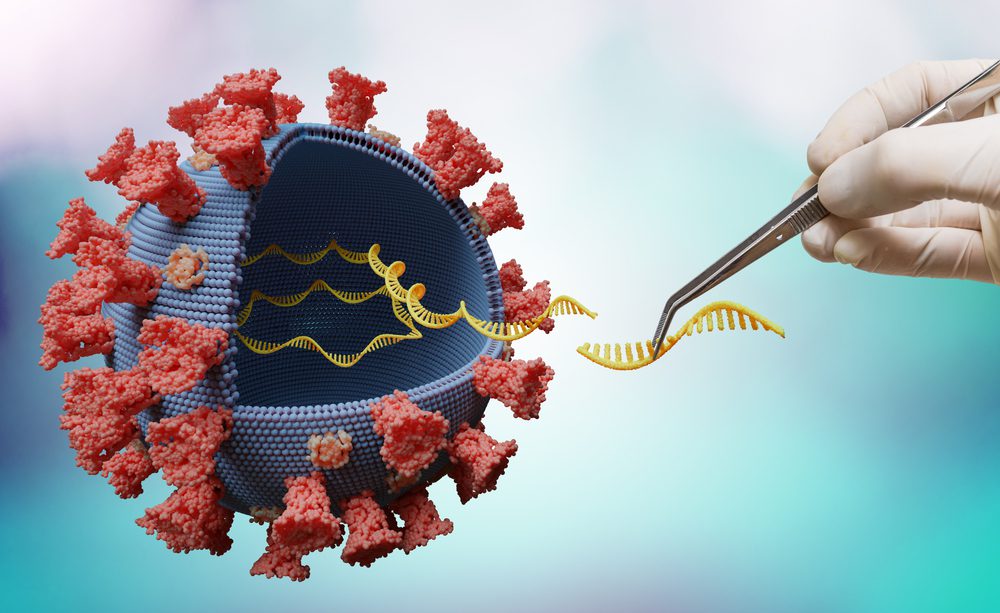
source: shutterstock.com
Currently, there are no approved treatment options for myotonic dystrophy type 1 (DM1), a progressive neuromuscular disease. As the disease progresses, affected individuals experience muscle weakness, respiratory distress, and cardiac…
Continue Reading
AOC 1001 Earns Breakthrough Therapy Designation for Myotonic Dystrophy Type 1 (DM1)
Type 1 narcolepsy, formerly known as narcolepsy with cataplexy, is a chronic neurological disorder characterized by excessive daytime sleepiness and cataplexy, or the sudden loss of muscle tone that is…
Continue Reading
Phase 2 Trial Commences for ALKS 2680, a Potential Game-Changer for Type 1 Narcolepsy
Made with fresh watermelon juice, vodka, triple sec, and lemon-lime soda, a Watermelon Crush is exactly as bubbly, bright, and refreshing as you want from your ideal summer sipper. And…
Continue Reading
Drink a Watermelon Crush in PA This Summer to Support People with Rare Diseases

source: pixabay.com
Biopharmaceutical company Inozyme Pharma ("Inozyme") has become a leader at the forefront of developing innovative therapies for rare diseases such as ENPP1 deficiency (the childhood form is known as generalized…
Continue Reading
ICYMI: INZ-701 Begets Positive Data in Clinical Study on ABCC6 Deficiency and ENPP1 Deficiency
May 2 is Curly Hair Day—a day to celebrate the beauty of waves, coils, and curls. But for one fifth-grader in Canada, Curly Hair Day stands as a way for…
Continue Reading
Boy with Giant Axonal Neuropathy (GAN) Celebrates Curly Hair Day at School
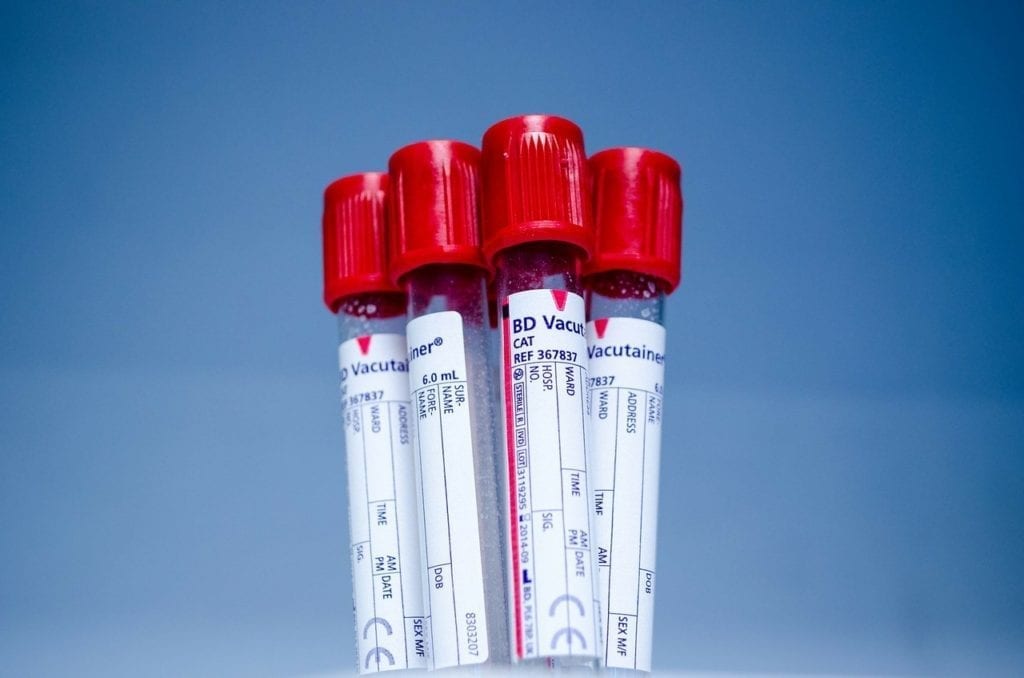
Source: Pixabay
In the United States, Orphan Drug designation comes with benefits and incentives such as fee waivers, tax credits, and up to seven years of market exclusivity if/when the drug is…
Continue Reading
Wilate Granted Orphan Drug Exclusivity for Severe Von Willebrand Disease

Photo courtesy of Ethan Zohn
Rare Community Profiles is a Patient Worthy article series of long-form interviews featuring various stakeholders in the rare disease community, such as patients, their families, advocates, scientists, and more.…
Continue Reading
Rare Community Profiles: From Survivor to Advocate: Ethan Zohn on Cannabis Rescheduling and Cancer Care

https://pixabay.com/en/runner-silhouette-athlete-fitness-728219/
It has been over four years since our lives were irreparably changed by the onset of the COVID-19 pandemic. With hundreds of millions of cases globally, and millions of associated…
Continue Reading
Triathlete Describes Damaging Long-Term Impact of Long COVID
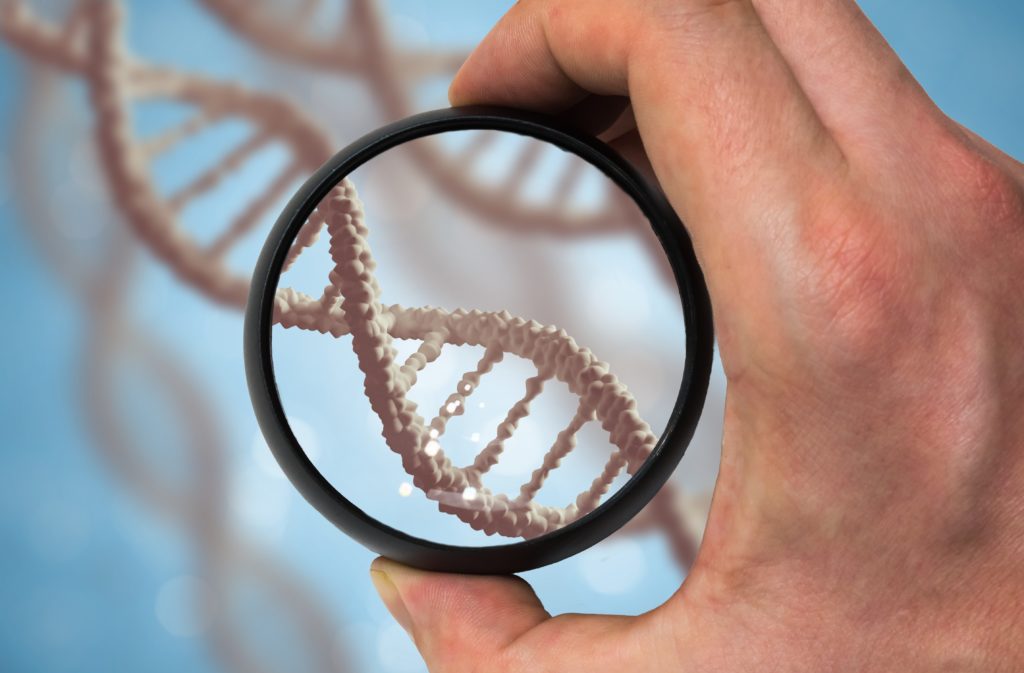
source: shutterstock.com
In 2010, K. Pattie Figueroa of the Spencer Fox Eccles School of Medicine at University of Utah was approached by a family whose child had spinocerebellar ataxia type 4 (SCA4).…
Continue Reading
Researchers Identify How GCC-Repeat Expansion in ZFHX3 Causes Spinocerebellar Ataxia Type 4

source: shutterstock.com
Clinical-stage biotechnology company Abeona Therapeutics ("Abeona") is working to develop a novel cell therapy for people living with recessive dystrophic epidermolysis bullosa (RDEB), a rare genetic skin disorder characterized by…
Continue Reading
FDA Rejects Epidermolysis Bullosa Cell Therapy and Requests Additional Manufacturing Data

Source: pixabay.com
For people with geographic atrophy, also known as advanced dry age-related macular degeneration, slowing vision loss is at the top of the list in terms of goals. Treatments like SYOFOVRE…
Continue Reading
Dosing Complete in OCU410 Trial for Geographic Atrophy

Source: www.pixabay.com
On December 13, 1996, Health Canada issued a policy statement called Priority Review of Drug Submissions which: provided for the "fast-tracking" of eligible New Drug Submissions (NDS) and Supplemental New…
Continue Reading
ICYMI: Exa-cel for Beta Thalassemia, Sickle Cell Disease Accepted for Priority Review by Health Canada
Rare Community Profiles is a Patient Worthy article series of long-form interviews featuring various stakeholders in the rare disease community, such as patients, their families, advocates, scientists, and more.…
Continue Reading
Rare Community Profiles: How Two Parents Are Working to Change the Narrative Around CASK Gene Disorder

source: pixabay.com
Zeposia (ozanimod), developed by Bristol Myers Squibb, is an orally administered sphingosine 1-phosphate (S1P) receptor that is currently approved for two separate indications: relapsing multiple sclerosis and ulcerative colitis. According…
Continue Reading
Zeposia Trial for Crohn’s Disease Falls Short
